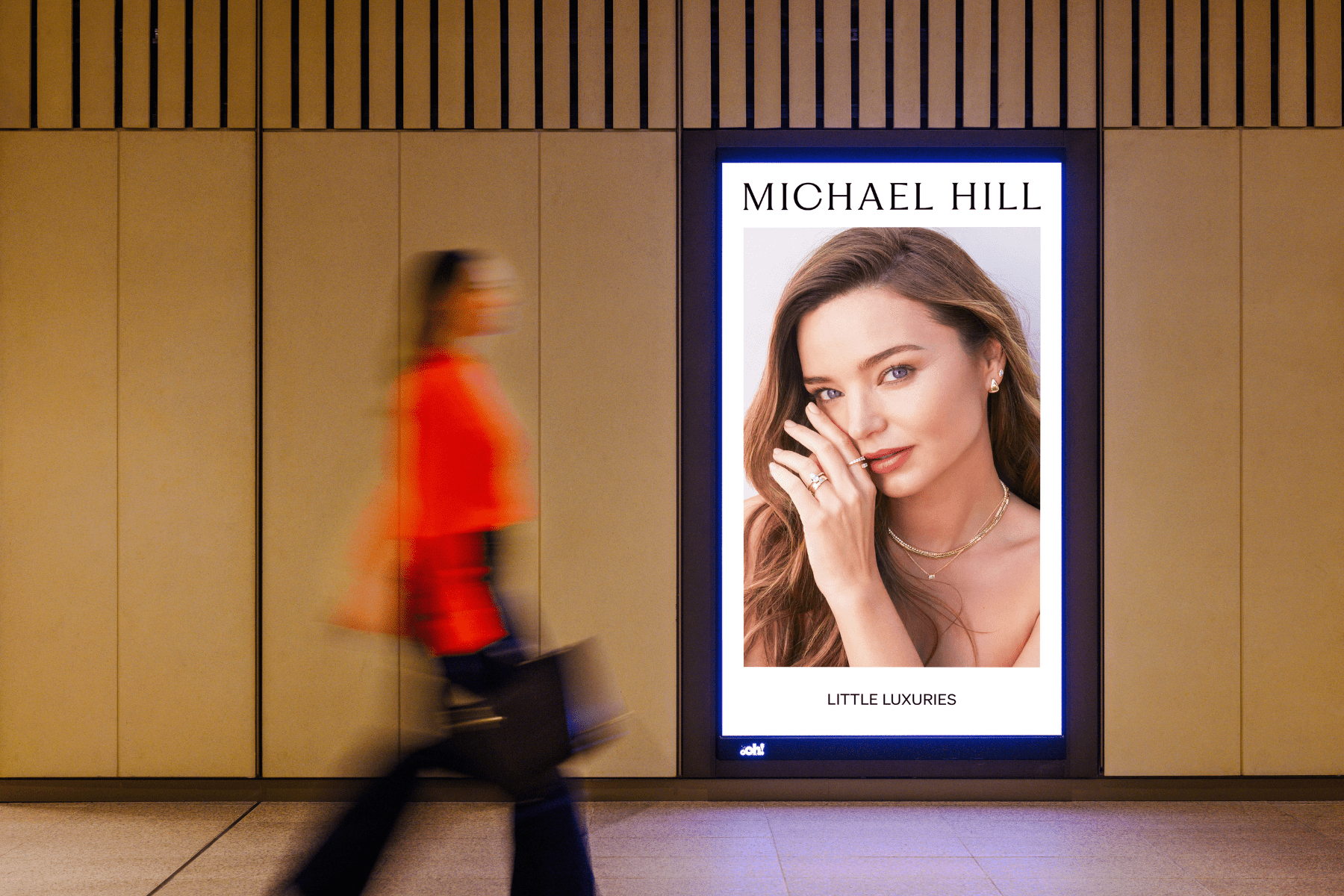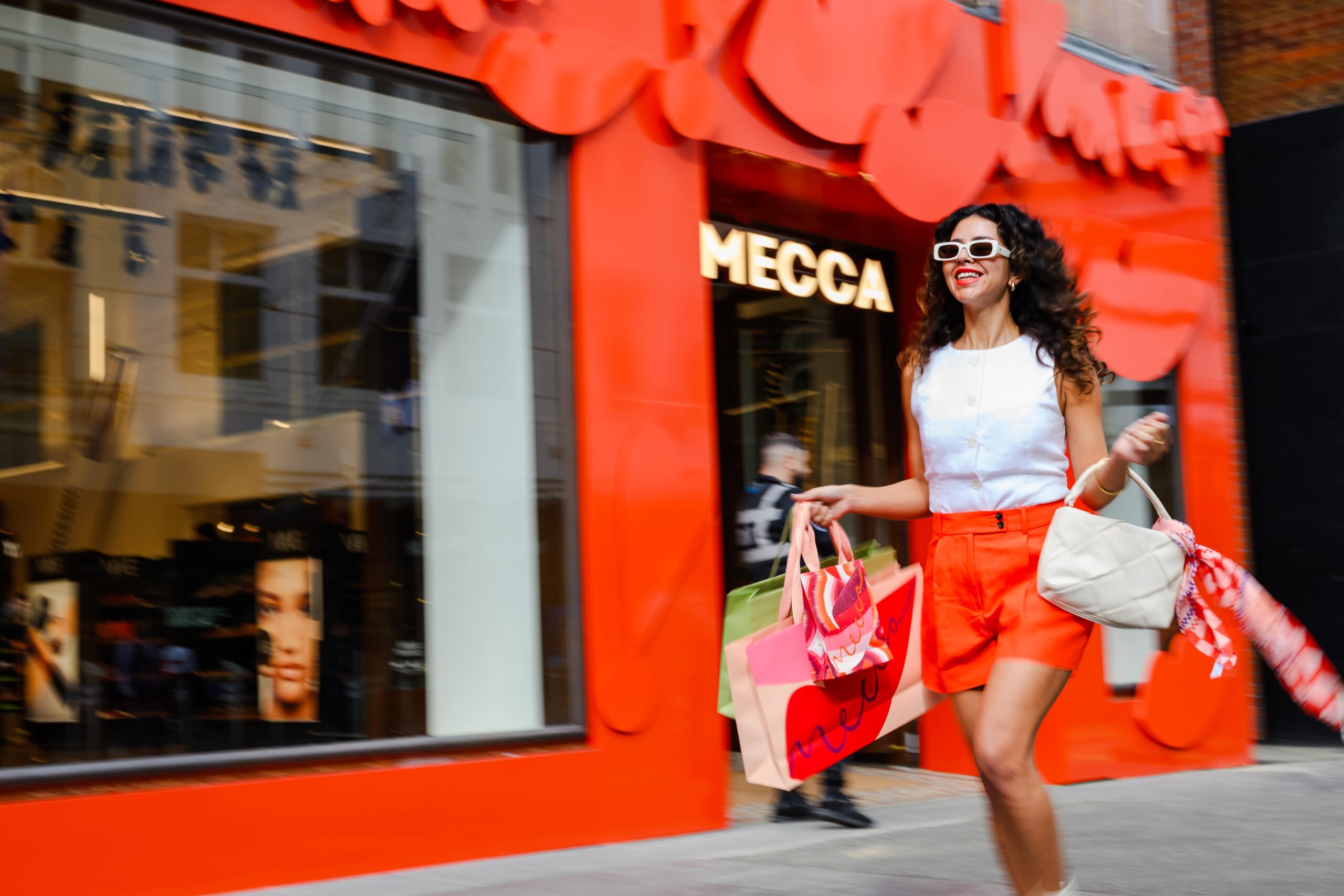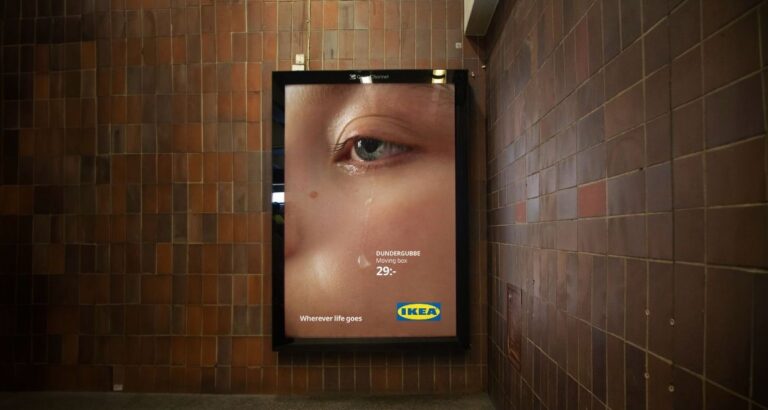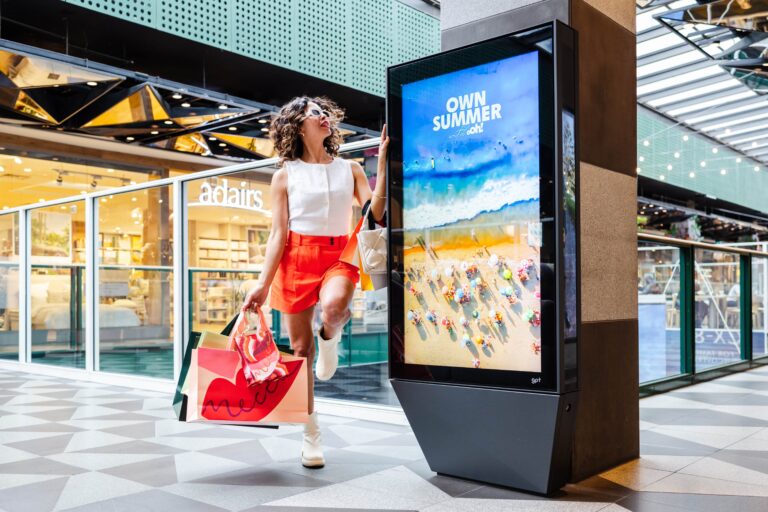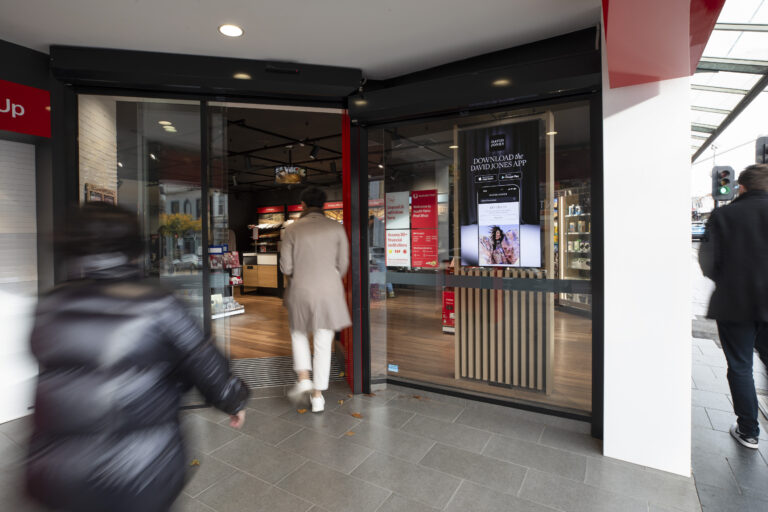As originally published in Mi3.
Those planning Out of Home campaigns will get much stronger results if they think like consumers, says oOh!media’s Bel Harper. Especially when it comes to targeting today’s shopper. Consumers have changed, as has the journey to making a purchase decision. Marketers now have a rich opportunity to influence along the journey with Out of Home.
Marketers have long been told to ‘follow the consumer’, but too often media plans still follow the spreadsheet. Aussies move seamlessly between environments, devices, and states of mind, it’s time Out of Home (OOH) advertising caught up when it comes to influencing purchasing decisions along the entire consumer journey. Because it’s no longer about isolated OOH placements but thinking like a consumer and building campaigns that reflect the way people are moving and being impacted and influenced throughout their day.
Aussies are spending – mostly in-store
Despite cost-of-living pressures, Australians are still spending. In fact, retail spend continues to climb, topping $437 billion in 2024, $10 billion more than last year. Grocery spend alone surged to $168 billion. And while online shopping is here to stay, over 85 per cent of consumer spend still happens at a physical checkout.
That might explain why brands are doubling down on retail media. But here’s the issue: not all spend happens inside traditional retail centres. Around 44 per cent of sales are made in standalone stores, think Coles Express, Bunnings, IKEA, automotive showrooms and high street shops. Another 43 per cent of spend happens in-centre with 13 per cent of transactions taking place online. There’s no longer one clear conversion moment, it’s a fragmented retail landscape and a non-linear consumer journey.
The consumer journey isn’t linear, and media plans shouldn’t be either
Media plans often assume a neat funnel: awareness up top, conversion down the bottom, and a fixed path between the two. But people don’t live, or shop, that way. We browse, scroll, commute, compare, make buying decisions and shop at various stages. By using OOH we’re primed on the way to work, nudged during lunch, reminded when we take a walk on the street, and are led to purchase decisions, influenced by a variety of touchpoints across our individual journeys.
Awareness, consideration and conversion is about having presence and connection with the consumer all the way through their buying journey. The path to purchase is a constellation of touchpoints and if brands want to drive sales they need to show up across the journey to maximise return on advertising spend.
Analytic Partners analysis shows that campaigns using both in-store and external OOH formats drive twice the ROI than those focused solely on in-store environments. And when you broaden out to multiple OOH formats, such as street furniture, rail, office and retail which reach consumers along the end-to-end consumer journey, OOH alone can deliver up to 29 per cent sales uplift. It’s not just about where brands show up, but how often and how visibly.
Planning by points of interest, not just placement
There are typically five different objectives an advertiser buys OOH to achieve – reach, impact, proximity, premium assets or audiences and points of interest (POI).
Targeting POIs with OOH campaigns allows brands to drive deeper contextual relevance, influencing customers throughout their week and where they are. This might mean targeting based on where customers live, work and shop, but it might also mean planning OOH targeted to beaches, parks or a sporting ground. oOh’s end-to-end network offers more POIs, meaning more connected and relevant moments for brands to influence consumers at location.
Each of these end-to-end environments plays a distinct role. Street and rail OOH offers broadcast scale at speed. Digital screens in office towers deliver deep, premium engagement with time-poor professionals who influence household spend. And retail screens in shopping centres influence spend, build brands or close the loop at the moment of purchase. As the only national OOH network to operate across all these formats, oOh! is in more places and offers more points of interest. Brands can reach 1,500 supermarkets, 87 department stores, 1,100 pharmacies and 1,700 quick service restaurants, all within 500 metres of an oOh! street furniture, rail, office or retail asset.
With an unmatched scale that includes 21,000 locations across the consumer journey, brands can reach more than 80 per cent of Australians each week in a typical heavyweight end-to-end campaign with oOh!. Brands can amplify their influence by leveraging digital and classic OOH formats to drive greater reach, creative flexibility and impacting consumers in the moments that remind, reinforce and at conversion.
Efficiency that drives ROI
Working with one OOH partner across all these environments means marketers and agencies eliminate duplication and gain the benefit of data-driven, coordinated planning. That’s not just good for logistics and time, but for improved ROI.
Analytic Partners data has also found combining multiple OOH formats unlocks stronger outcomes for brand campaigns, with street, rail, office and retail driving over 30 per cent greater returns when used together. Further, their data shows that when OOH is added to digital ad spend, returns are increased by 39 per cent, +18 per cent for OOH in combination with TV and +27 per cent when all three are used.
The average Aussie sees thousands of messages and has over 6,000 structured thoughts a day, but it’s the repeated, well-timed cues that drive action, especially in the lead-up to the checkout. It’s not just about reminding someone at the last three metres; it’s reinforcing their intent, reminding them all along the full OOH journey to checkout.
With major spending-driven moments such as Black Friday, Cyber Monday, Grand Finals, Christmas, Boxing Day and New Year coming in the second half of the year, reaching consumers at scale in the moments that matter across multiple OOH environments ensures brands are truly unmissable.
Out of Home is one of the most effective media for influencing real behaviour, especially when it’s used across environments and anchored in how and where people live, move and decide. If we think like consumers and plan campaigns that incorporate multiple formats along the OOH buying journey we can build better campaigns with stronger results, and real commercial outcomes.
Source: Analytic Partners, Australian norms, 2005-2024
